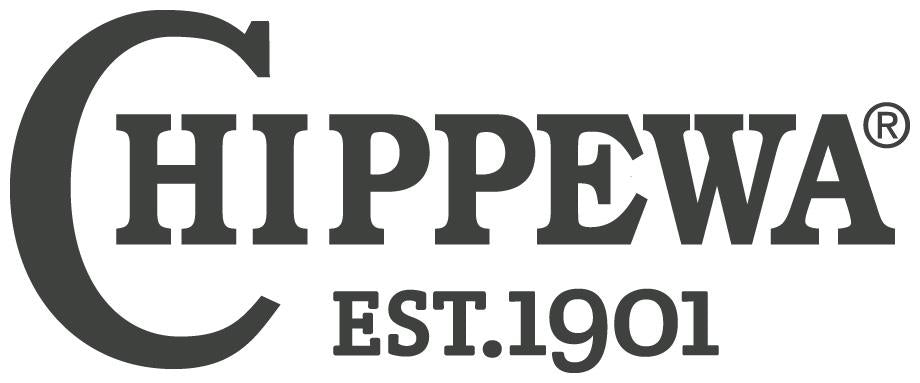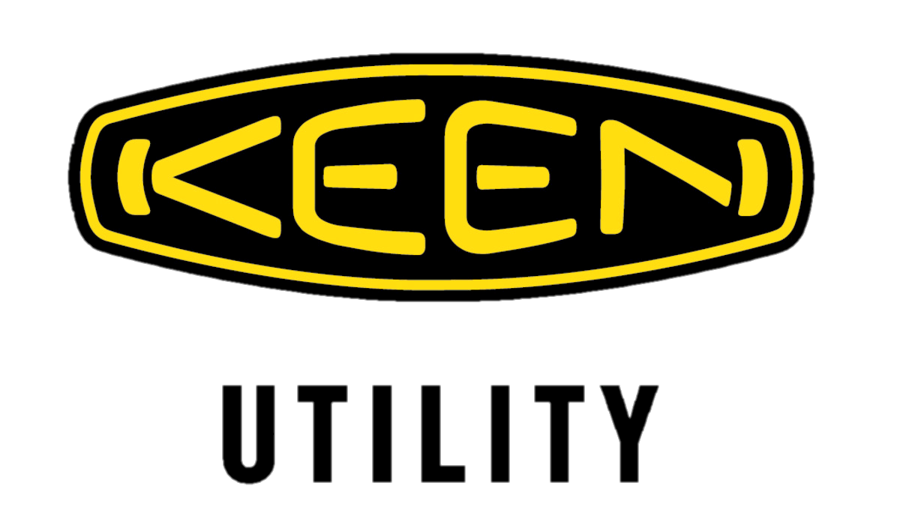Frequently Asked Questions
A slip-resistant work boot features rubber or TPU outsoles engineered with deep tread patterns to provide enhanced grip on wet, oily, or uneven surfaces. Many Overlook Boots options meet ASTM F2913 slip resistance standards, ideal for construction, oil and gas, mining, and fishing environments.
Check for labeling that confirms ASTM-certified traction or Mark II tested performance. Most slip-resistant boots from Overlook feature oil- and abrasion-resistant rubber soles with advanced tread designs, ensuring a reliable grip in demanding industrial settings.
Yes, OSHA requires protective footwear under standard 29 CFR 1910.136 when job conditions include slip hazards. Non-slip work boots help workers in construction, commercial fishing, and heavy industry maintain safety on slick or unstable surfaces.
OSHA does not define a single traction rating but mandates that footwear minimizes hazards in the workplace. OSHA suggests a coefficient of friction (COF) of 0.5 as a guideline for achieving proper slip resistance. Employers often rely on ASTM F2913 or SATRA TM144 to evaluate the effectiveness of non-slip boots on slippery floors and rugged terrain.
Yes, slip-resistant boots reduce but do not eliminate risk. Surfaces coated with grease, ice, or chemicals can exceed traction limits. Regular outsole maintenance and situational awareness are crucial for maximum safety in unpredictable environments.
Both terms refer to boots designed for improved traction. However, slip-resistant work boots are often lab-tested to meet safety standards, while non-slip work boots may use the term more generically. Always verify testing claims.











































